A rare votive offering in terracotta, representing a pair of eyes in low relief on a gently curved plaque. The modeling of the eyelids, tear ducts, and palpebral contours reveals a workmanship both sober and precise, typical of Etruscan art of the 5th–4th century BC. The surface bears a consistent archaeological patina in warm ochre tones, with fine calcareous deposits, traces of ancient red-ochre slip, and a soft, even wear of the edges — all technical and surface markers fully consistent with an antique molded production retouched by hand.
The minor firing pits, microscopic flaking, and ancient surface abrasions are not defects but positive signs of authenticity, attesting to the object’s ritual use and burial history. The piece remains entirely original, unrestored, and displays excellent visual coherence.
Culture: Etruscan
Period: 5th–4th century BC
Material: Terracotta with traces of red-ochre slip
Dimensions: Approx. 130 × 60 mm
Condition: Good state of preservation; minor ancient edge chipping, continuous mineral patina, pigment residues; no visible restorations
Provenance: Former Belgian private collection → Spanish antiquarian trade (2022) → Belgian private collection, Brussels
Authenticity: Certificate of authenticity provided
Anatomical ex-votos, widespread in Etruria between the Classical and Hellenistic periods, were dedicated in healing sanctuaries such as Veii, Falerii, and Tarquinia, to deities like Menrva (Minerva) or Aplu (Apollo).
Models of eyes were offerings of supplication or gratitude, seeking divine intervention for visual ailments or giving thanks for restored sight. Their mass deposition in favissae (ritual pits) forms a genuine map of Etruscan medical concerns, reflecting a culture in which therapy and devotion were inseparable — the healing of the body being pursued through ritual gesture.
Morphology: Slightly arched plaque (convex active face), softly rectangular; curvature designed for attachment to a sacred surface or insertion into a votive niche.
Modeling: Almond-shaped eyes with naturalistic curvature; upper palpebral groove finely incised, marked canthi, and a subtle nasal bridge lending depth to the gaze.
Technique: Mold-made form with manual refinements; consistent wall thickness, toolmarks visible around the eye corners; reverse irregular and unpolished with clay tear marks — typical indicators of ancient workshop practice.
Surface: Remnants of red-ochre slip along the upper band and eyelid contours; fine calcareous patina, minute firing pores, and smooth ancient wear along raised edges — all desirable signs of authenticity.
Integrity: Slight rounding of edges, minor ancient chips, no modern interventions; clear, harmonious reading of the composition despite its abstract simplicity.
This votive pair of eyes epitomizes the spiritual and therapeutic dimension of Etruscan ritual art — a tangible union of medicine, piety, and image. It serves as a key reference piece for collections focused on Italic healing cults, anatomical votives, or religious iconography of sight.
As both a sacred object and a reflection of human vulnerability, it expresses the continuity between faith and healing in ancient Etruria, where every body part could become a medium of divine dialogue.
Compact in scale yet profound in meaning, this artifact offers a rare testimony to the sacred anthropology of the ancient Mediterranean.
Documented provenance: Belgian private collection → Spanish antiquarian market (2022) → Belgian private collection, Brussels.
A named certificate of authenticity accompanies the piece, guaranteeing lawful provenance, chronological coherence, and museum-level conformity.
An authentic, unrestored, and archaeologically significant object — a genuine witness to the Etruscan cult of vision and healing.


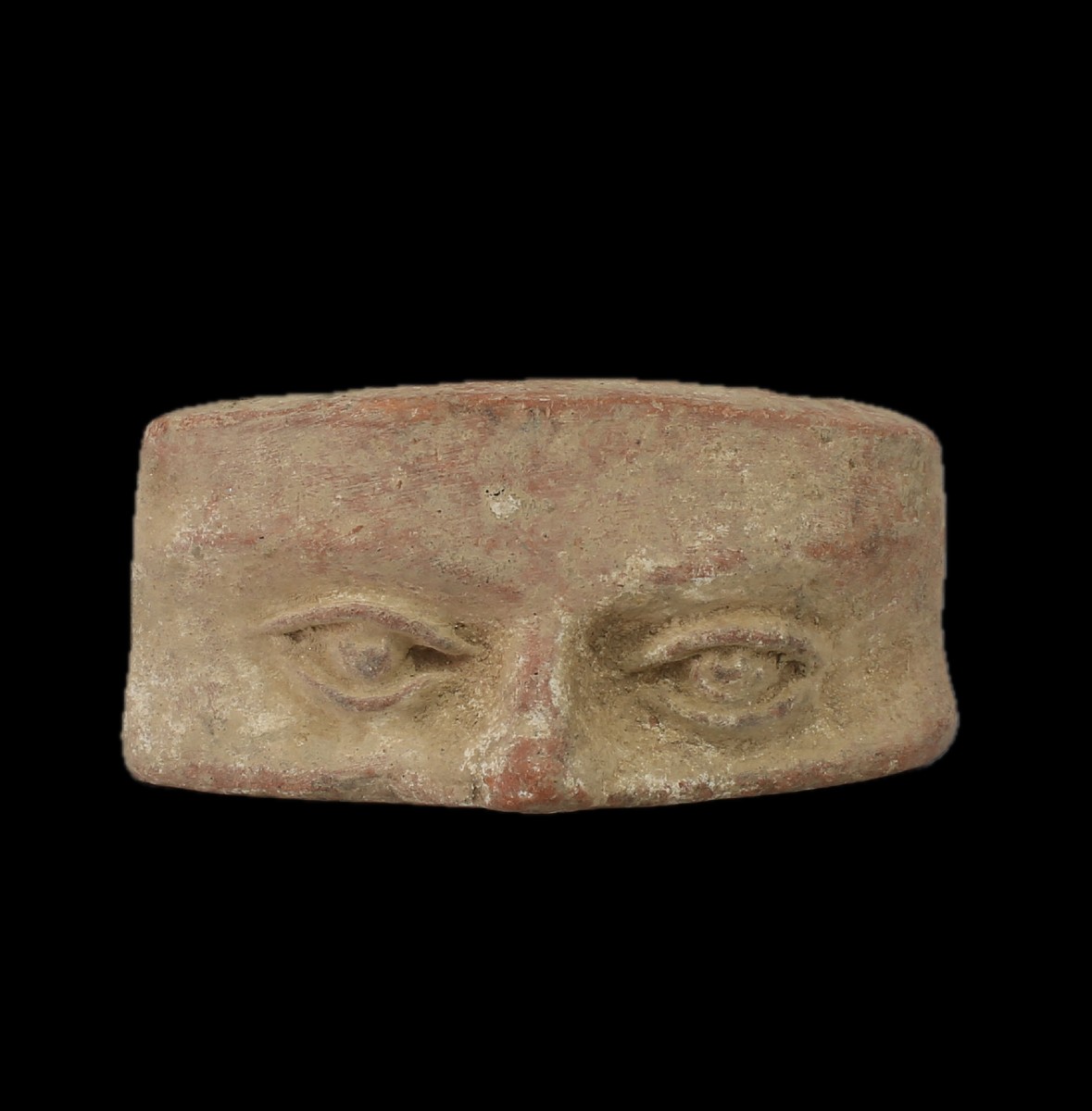
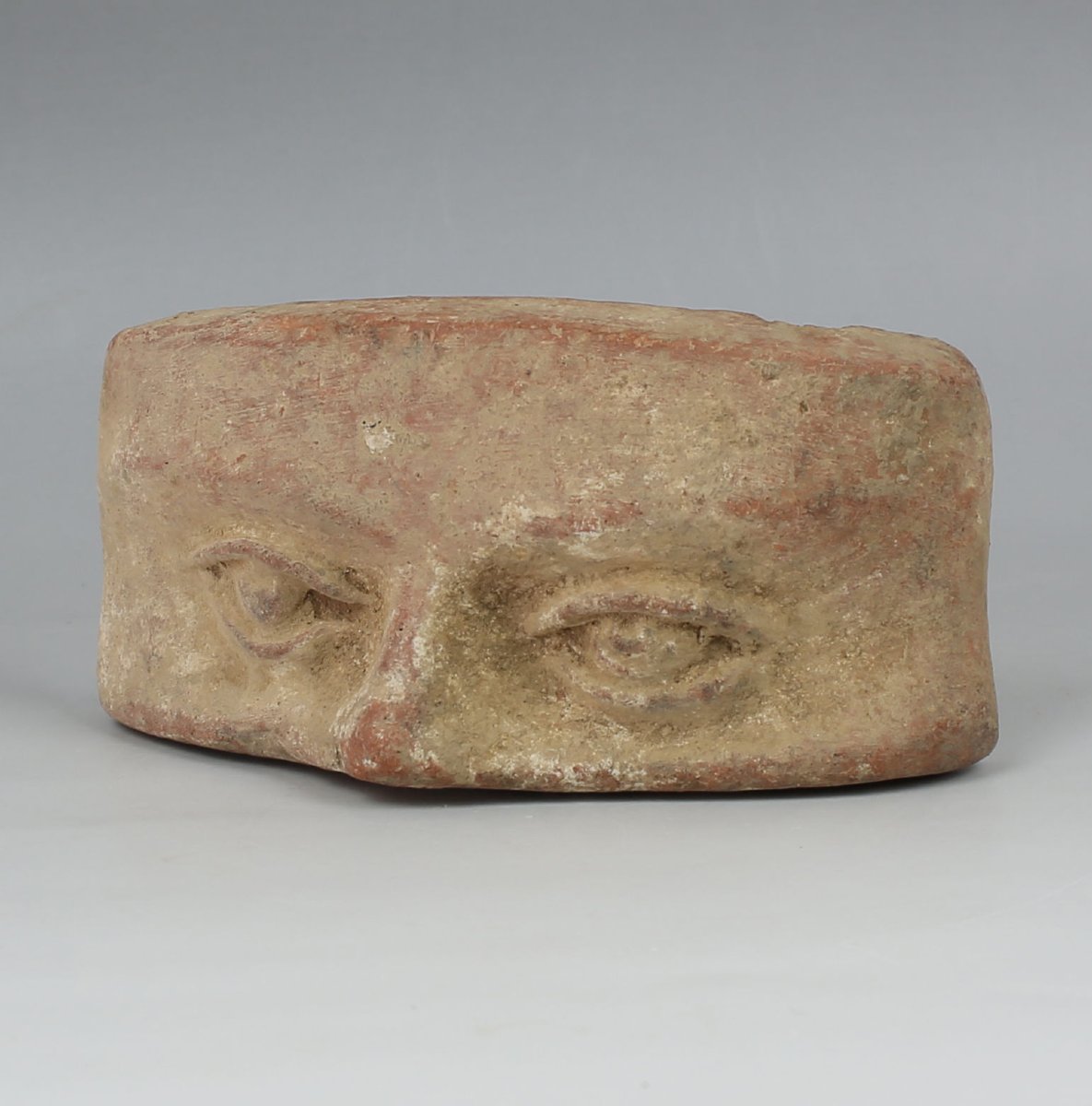
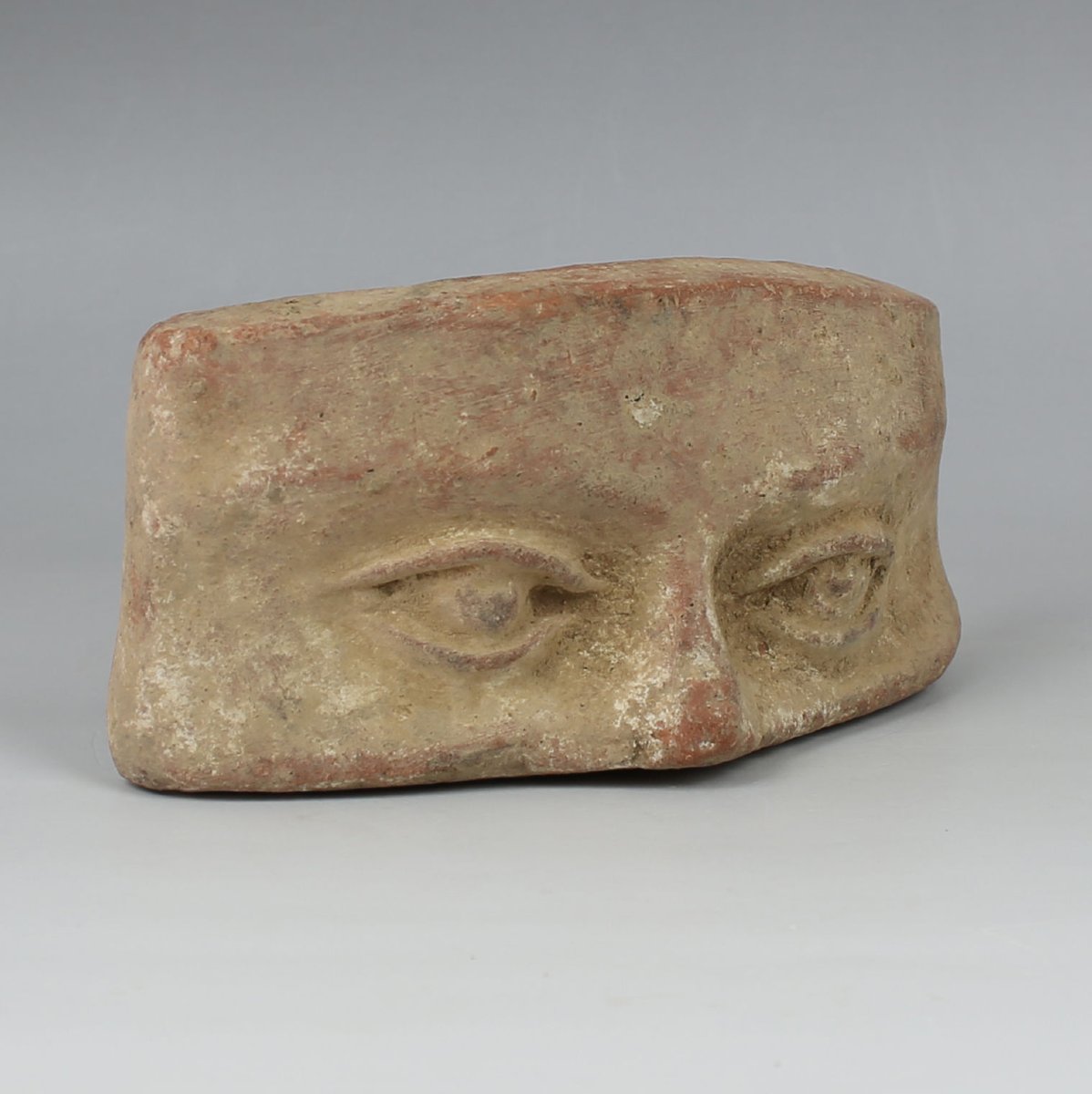






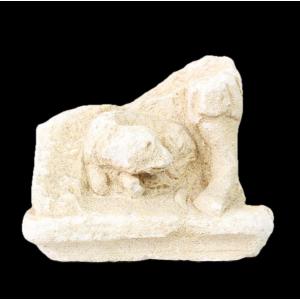



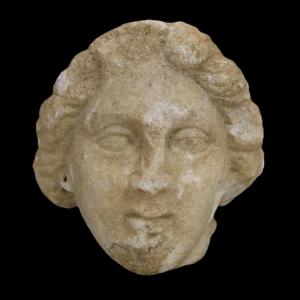


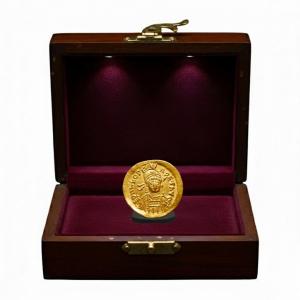
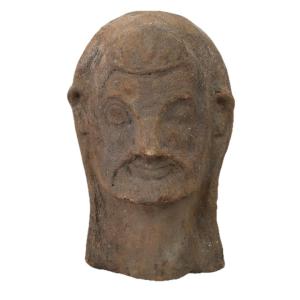
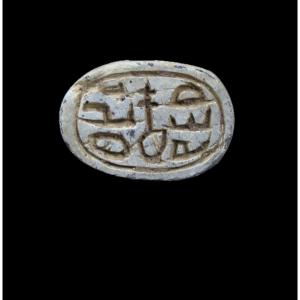

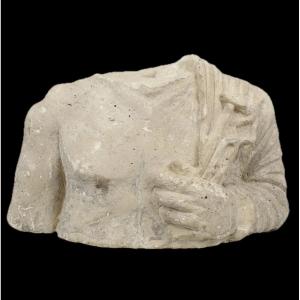

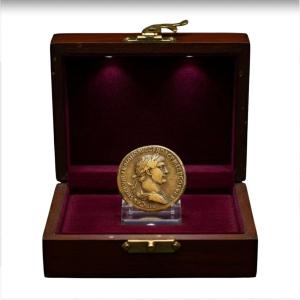









 Le Magazine de PROANTIC
Le Magazine de PROANTIC TRÉSORS Magazine
TRÉSORS Magazine Rivista Artiquariato
Rivista Artiquariato